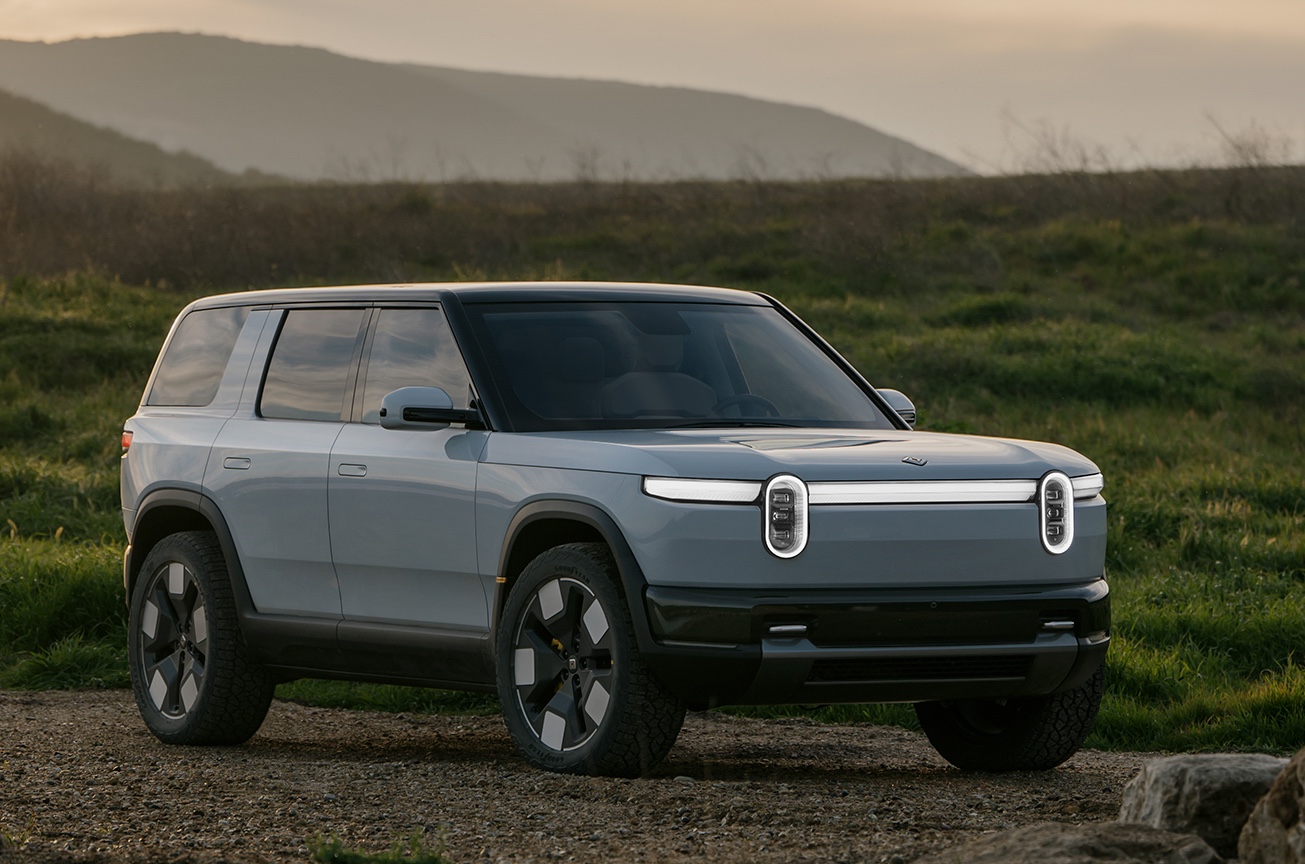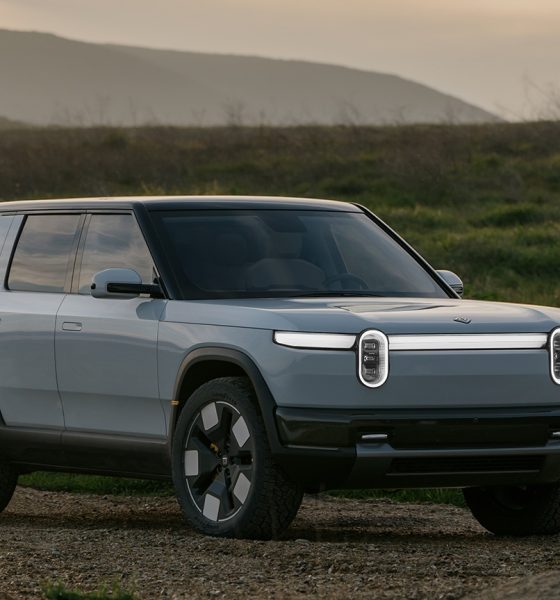Rivian has unveiled the R2, its next-generation platform. The all-electric crossover is expected to bring Rivian into the next chapter of its growth as an automaker. It is also expected to allow Rivian to scale its operations, making it a mainstream automaker.
Rivian CEO RJ Scaringe presented the R2 to an enthusiastic audience. Following is a quick overview of the Rivian R2.
Exterior
The Rivian R2 looks very similar to the Rivian R1S. Just like the flagship SUV, it features a large frunk that could fit some luggage and gear. At the rear, the R2 includes some features that provide an open-air experience, such as quarter windows that pop out and a rear glass window that drops down. The drop-down rear glass of the R2 also makes loading items to the all-electric crossover’s trunk much easier.
Introducing R2.
⚡️0-60 under 3 seconds.
⚡️Up to 300+ miles of range.
⚡️Room for five and all your gear.
Reserve yours now: https://t.co/1H408AWcA4
Deliveries expected to begin in the first half of 2026. The features, options and digital displays shown are subject to… pic.twitter.com/xC5ZjyaoCL— Rivian (@Rivian) March 7, 2024
Size-wise, Scaringe noted that the Rivian R2 is about 400 mm (15.7 inches) shorter than the R1S. A slide used in the presentation noted that the R2 has a length of 4715 mm (185.6 inches), a height of 1700 mm (66 inches), and a wheelbase of 2935 mm (115.5 inches). This should make the all-electric crossover easier to maneuver and drive. Its compact size should also help it fit in tight spaces and garages.
Interior
The Rivian executive noted that despite its more compact dimensions compared to the R1S, the R2 is designed to feel spacious inside. “It feels so inviting,” Scaringe said. Like the R1T and R1S that came before it, the R2 is also a vehicle that’s designed to be taken outdoors. It was thus no surprise to see that the R2’s second and first-row seats are capable of folding flat for an optimal car camping experience.
Take a 360-degree tour of R2. pic.twitter.com/euyJkScRYq— Rivian (@Rivian) March 7, 2024
Much to the amusement of the audience, Scaringe noted that the R2 features two gloveboxes and Rivian’s trademark in-door flashlight. Steering wheel controls are dominated by two large scroll wheels, which is not unlike what’s used in the previous generation Tesla Model 3. Scaringe also noted that the R2 features 11 cameras and a suite of five radar sensors, four in the corners and one long range radar in front. The cameras and radar should help the Rivian R2’s planned self-driving features.
Specs
Scaringe did not share much about the Rivian R2’s specs, though he did state that the vehicle would be equipped with a battery pack comprised of 4695 cylindrical cells, which are larger than the 21 mm cells used in the R1 platform. It should also be noted that the Rivian R2 will feature a structural bombardment pack, which means that the top of the battery will be the floor of the vehicle itself.
Every seat in R2 can lay flat for the ultimate car camping experience. pic.twitter.com/hDH3c17y5N— Rivian (@Rivian) March 7, 2024
The Rivian R2 will be offered in three versions: a Single Motor Rear Wheel Drive (RWD) variant, a Dual Motor All Wheel Drive (AWD) variant, and a Tri-Motor variant with two motors on the back and one motor at the front. Scaringe noted that all three R2 variants are expected to achieve over 300 miles of range. The Tri-Motor R2 is expected to achieve a 0-60 mph time of less than 3 seconds.
Price and Release Date
The Rivian R2 is expected to start at $45,000. While Scaringe did not discuss details on the vehicle’s pricing, this amount is likely true for the entry-level RWD version. Still, $45,000 is quite competitive, as the Tesla Model Y, a best-selling all-electric crossover, starts at $43,990 before options today.
Feel the breeze from all directions with the R2’s 360-degree open air experience, including powered rear glass. pic.twitter.com/GMKOEg5HpW— Rivian (@Rivian) March 7, 2024
Scaringe noted that the Rivian R2 is expected to start deliveries in the second half of 2026. The vehicle will initially be built at Rivian’s Normal, IL facility.
Watch Rivian’s R2 unveiling in the video below.
Don’t hesitate to contact us with news tips. Just send a message to simon@teslarati.com to give us a heads up.

Elon Musk
SpaceX’s Starship program is already bouncing back from Booster 18 fiasco
Just over a week since Booster 18 met its untimely end, SpaceX is now busy stacking Booster 19, and at a very rapid pace, too.
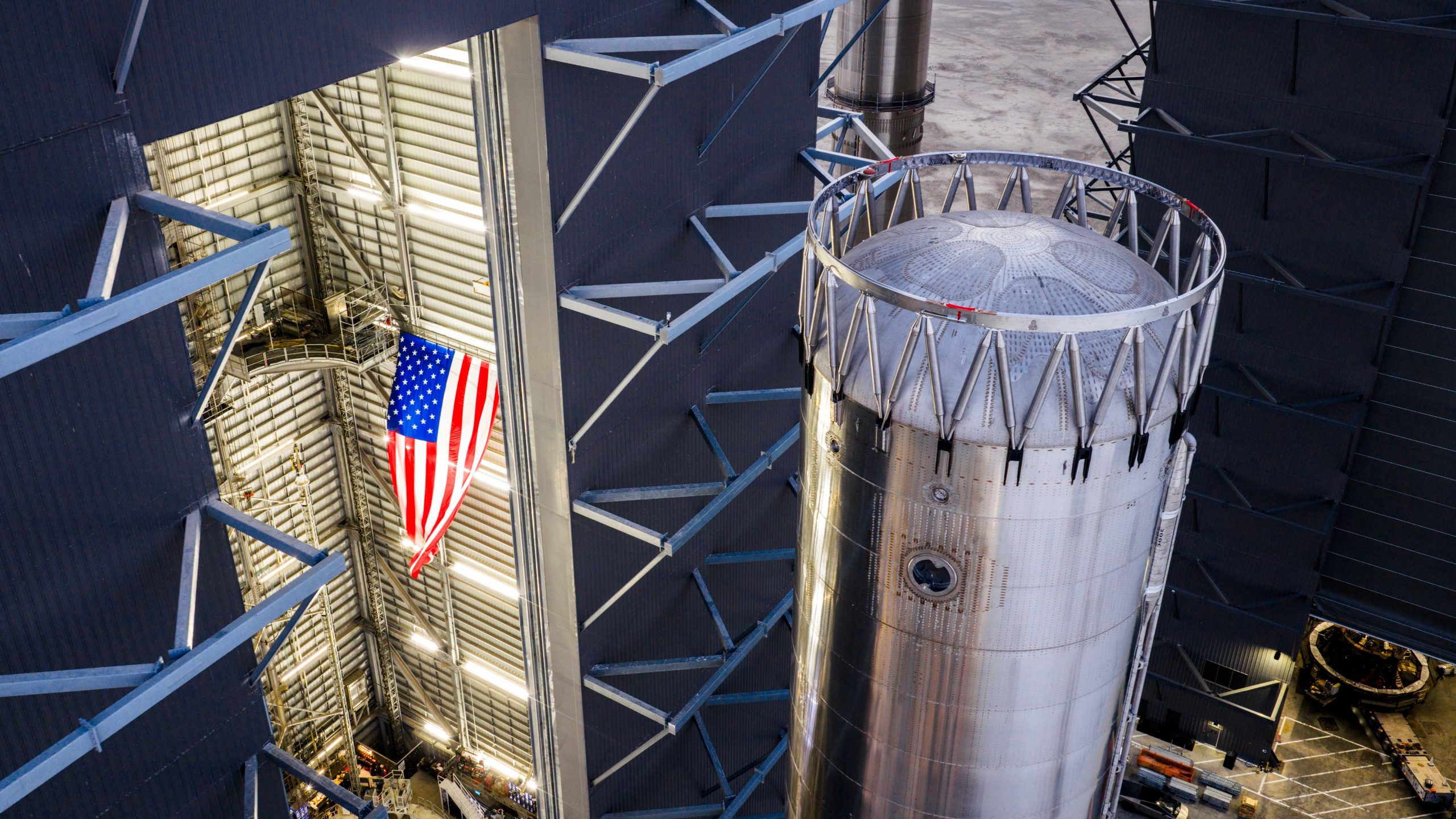
SpaceX is already bouncing back from the fiasco that it experienced during Starship Booster 18’s initial tests earlier this month.
Just over a week since Booster 18 met its untimely end, SpaceX is now busy stacking Booster 19, and at a very rapid pace, too.
Starship V3 Booster 19 is rising
As per Starbase watchers on X, SpaceX rolled out the fourth aft section of Booster 19 to Starbase’s MegaBay this weekend, stacking it to reach 15 rings tall with just a few sections remaining. This marks the fastest booster assembly to date at four sections in five days. This is quite impressive, and it bodes well for SpaceX’s Starship V3 program, which is expected to be a notable step up from the V2 program, which was retired after a flawless Flight 11.
Starship watcher TankWatchers noted the tempo on X, stating, “During the night the A4 section of Booster 19 rolled out to the MegaBay. With 4 sections in just 5 days, this is shaping up to be the fastest booster stack ever.” Fellow Starbase watcher TestFlight echoed the same sentiments. “Booster 19 is now 15 rings tall, with 3 aft sections remaining!” the space enthusiast wrote.
Aggressive targets despite Booster 18 fiasco
SpaceX’s V3 program encountered a speed bump earlier this month when Booster 18, just one day after rolling out into the factory, experienced a major anomaly during gas system pressure testing at SpaceX’s Massey facility in Starbase, Texas. While no propellant was loaded, no engines were installed, and no one was injured in the incident, the unexpected end of Booster 18 sparked speculation that the Starship V3 program could face delays.
Despite the Booster 18 fiasco, however, SpaceX announced that “Starship’s twelfth flight test remains targeted for the first quarter of 2026.” Elon Musk shared a similar timeline on X earlier this year, with the CEO stating that “ V3 is a massive upgrade from the current V2 and should be through production and testing by end of year, with heavy flight activity next year.”
Considering that Booster 19 seems to be moving through its production phases quickly, perhaps SpaceX’s Q1 2026 target for Flight 12 might indeed be more than feasible.
News
Elon Musk makes a key Tesla Optimus detail official
“Since we are naming the singular, we will also name the plural, so Optimi it is,” Musk wrote on X.
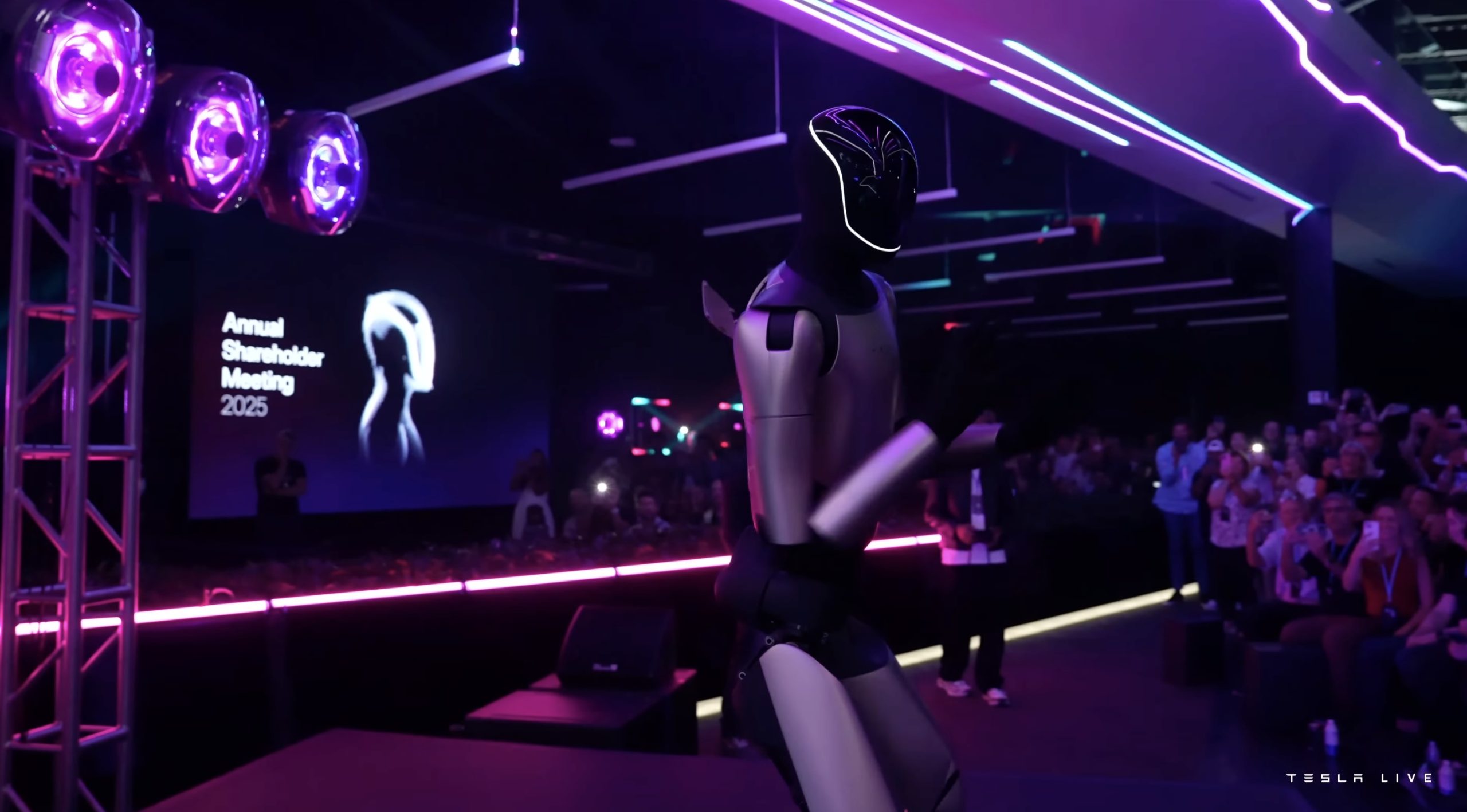
Tesla CEO Elon Musk just made a key detail about Optimus official. In a post on X, the CEO clarified some key wording about Optimus, which should help the media and the public become more familiar with the humanoid robot.
Elon Musk makes Optimus’ plural term official
Elon Musk posted a number of Optimus-related posts on X this weekend. On Saturday, he stated that Optimus would be the Von Neumann probe, a machine that could eventually be capable of replicating itself. This capability, it seems, would be the key to Tesla achieving Elon Musk’s ambitious Optimus production targets.
Amidst the conversations about Optimus on X, a user of the social media platform asked the CEO what the plural term for the humanoid robot will be. As per Musk, Tesla will be setting the plural term for Optimus since the company also decided on the robot’s singular term. “Since we are naming the singular, we will also name the plural, so Optimi it is,” Musk wrote in his reply on X.
This makes it official. For media outlets such as Teslarati, numerous Optimus bots are now called Optimi. It rolls off the tongue pretty well, too.
Optimi will be a common sight worldwide
While Musk’s comment may seem pretty mundane to some, it is actually very important. Optimus is intended to be Tesla’s highest volume product, with the CEO estimating that the humanoid robot could eventually see annual production rates in the hundreds of millions, perhaps even more. Since Optimi will be a very common sight worldwide, it is good that people can now get used to terms describing the humanoid robot.
During the Tesla 2025 Annual Shareholder Meeting, Musk stated that the humanoid robot will see “the fastest production ramp of any product of any large complex manufactured product ever,” starting with a one-million-Optimi-per-year production line at the Fremont Factory. Giga Texas would get an even bigger Optimus production line, which should be capable of producing tens of millions of Optimi per year.
News
Tesla is improving Giga Berlin’s free “Giga Train” service for employees
With this initiative, Tesla aims to boost the number of Gigafactory Berlin employees commuting by rail while keeping the shuttle free for all riders.
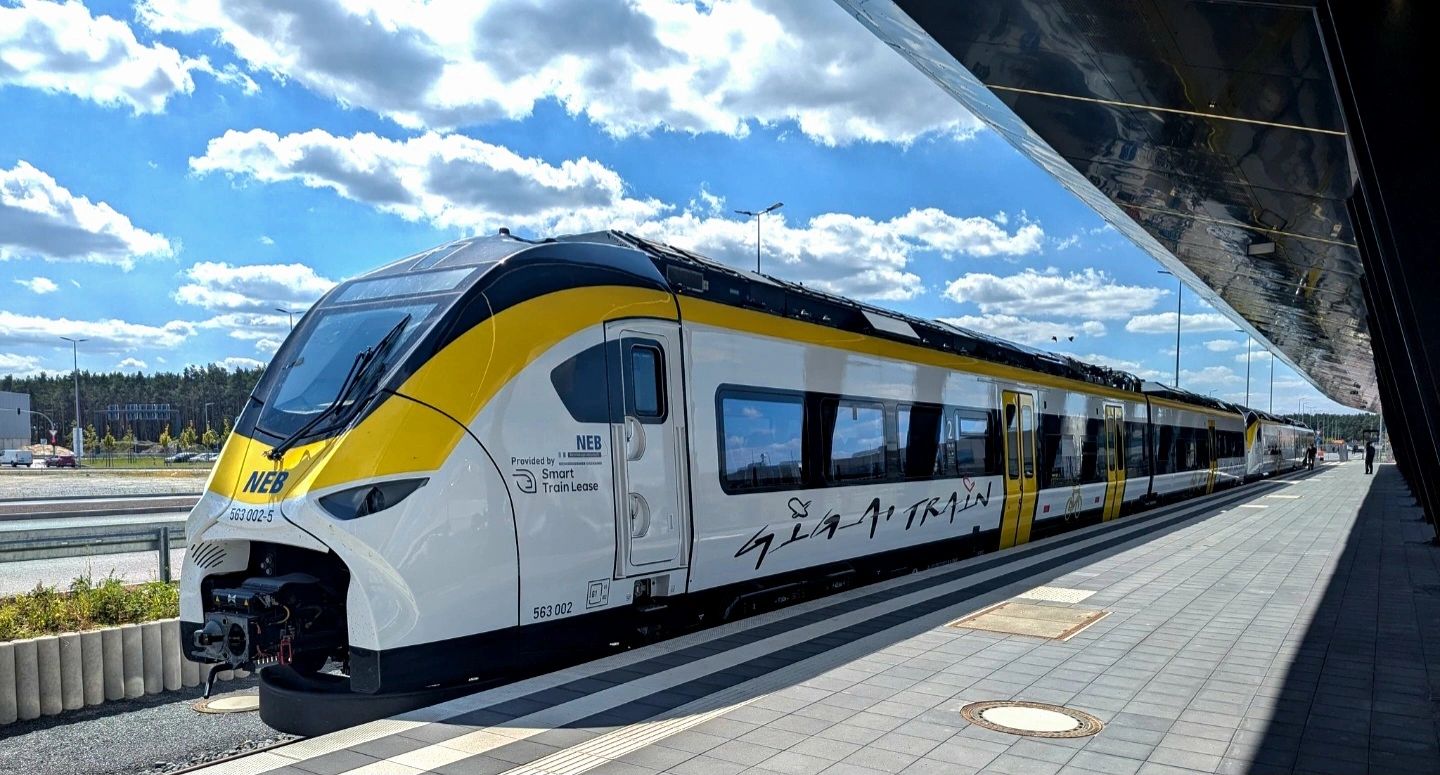
Tesla will expand its factory shuttle service in Germany beginning January 4, adding direct rail trips from Berlin Ostbahnhof to Giga Berlin-Brandenburg in Grünheide.
With this initiative, Tesla aims to boost the number of Gigafactory Berlin employees commuting by rail while keeping the shuttle free for all riders.
New shuttle route
As noted in a report from rbb24, the updated service, which will start January 4, will run between the Berlin Ostbahnhof East Station and the Erkner Station at the Gigafactory Berlin complex. Tesla stated that the timetable mirrors shift changes for the facility’s employees, and similar to before, the service will be completely free. The train will offer six direct trips per day as well.
“The service includes six daily trips, which also cover our shift times. The trains will run between Berlin Ostbahnhof (with a stop at Ostkreuz) and Erkner station to the Gigafactory,” Tesla Germany stated.
Even with construction continuing at Fangschleuse and Köpenick stations, the company said the route has been optimized to maintain a predictable 35-minute travel time. The update follows earlier phases of Tesla’s “Giga Train” program, which initially connected Erkner to the factory grounds before expanding to Berlin-Lichtenberg.
Tesla pushes for majority rail commuting
Tesla began production at Grünheide in March 2022, and the factory’s workforce has since grown to around 11,500 employees, with an estimated 60% commuting from Berlin. The facility produces the Model Y, Tesla’s best-selling vehicle, for both Germany and other territories.
The company has repeatedly emphasized its goal of having more than half its staff use public transportation rather than cars, positioning the shuttle as a key part of that initiative. In keeping with the factory’s sustainability focus, Tesla continues to allow even non-employees to ride the shuttle free of charge, making it a broader mobility option for the area.
